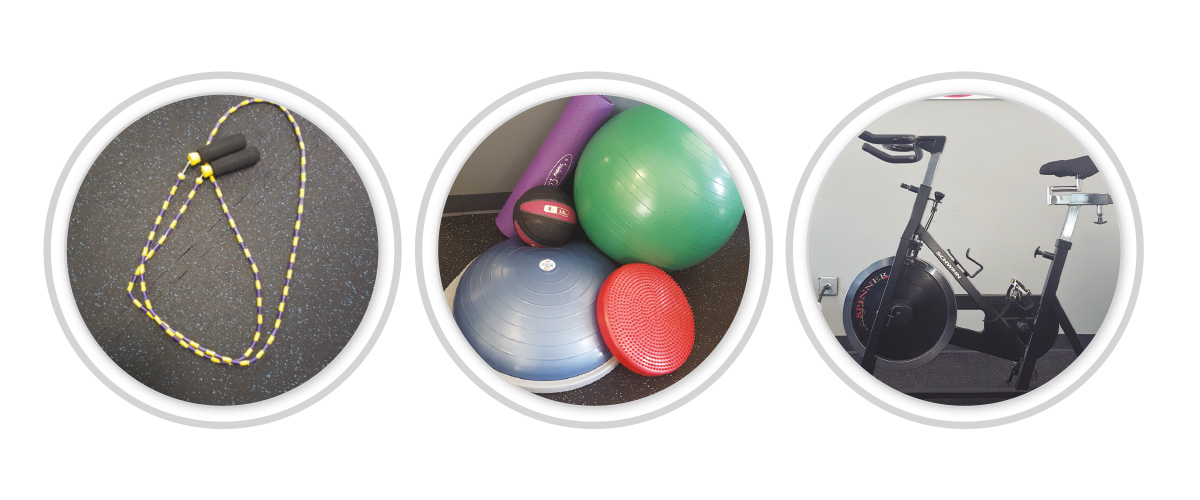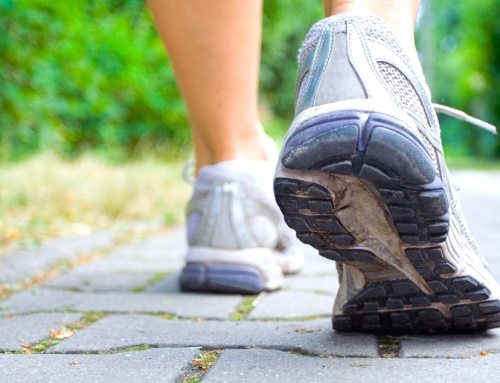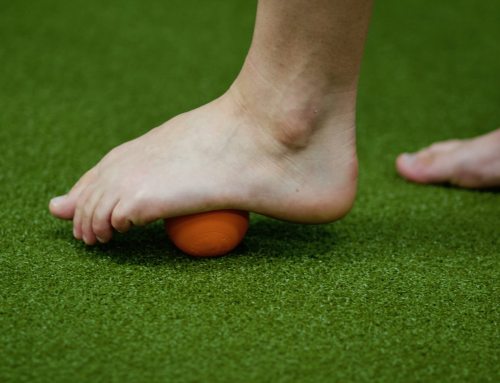By Holly Boss
With 2018 nearing, many runners are making a resolution to be healthier and manage stress. Before we jump to the conclusion that eliminating stress makes us happier and healthier, let’s reflect on whether all stress is actually bad.
Most of us can think of examples of good stress. Weight-bearing exercise, for example, increases bone density, making bones stronger. Resistance training increases muscle strength through the well known “overload principle.”
The previous are examples of good stress make our body stronger, more robust, and able to withstand higher loads. Eventually, though, even the most robust system is subjected to a force that it cannot endure. Remember Aesop’s fable about the oak and the reed? The oak, while strong and robust, is uprooted in a strong wind, while the resilient reed is able to bend in the wind and return to upright after the storm has passed. Resilience, the ability of a structure or system to recover its original form or function after exposure to stress, is an important element of good health. Flexible, resilient muscles recover more quickly.
So is inclusion of a regimented strength and stretching program the ticket to health and running success? Maybe not. Our bodies benefit, not merely from stress, but from some disorder and chaos. In his book, Anti-fragile – Things That Gain From Disorder, author Nassim Nicholas Taleb introduces the concept of anti-fragility. Taleb explains that “the anti-fragile is beyond the resilient or robust. The resilient resists shocks and stays the same; the anti-fragile gets better and better.” We cannot predict all the stresses we will be subjected to in a race, athletic event, or in life, and should not expect to. Instead of striving for strength or resilience, maybe our goal should be anti-fragility.
“So”, you are thinking “do I need to start training doing parkour, something out of a James Bond movie?” Not at all. Instead, think of the practice of anti-fragility as the ultimate cross training experience.
Cross training for Anti-fragility
Endurance athletes commonly overlook strength training, however, maximal strength training improves running economy in distance runners. Before heading for the weight machines or the powerlifting bars, remember your options. Resistance bands, medicine balls, and kettlebells can change up your routine, and the variety helps increase anti-fragility by exposing you to new challenges and requiring it to adapt. Classes such as body pump, barre, and pilates are also good alternatives for strength training.
Agility and balance training can benefit runners by reducing the incidence of injuries. Add a rocker board or stability disc during squats or lunges for additional balance and core challenge. Jumping rope improves foot strength, coordination, running speed, and the anaerobic fitness for that finish line sprint.
Recovering from an injury and need to limit impact? Cycling and swimming build endurance while allowing bone injuries time to heal. High-power bike intervals work leg muscle harder than uphill running, so no need to resort to cycling only when you are injured.
When you strap on your running shoes, there are many ways you can become less fragile. Train in different weather conditions, at different times of the day, and on varied running surfaces helping your body adapt to different race. Alternate short and long runs, incorporating interval training during some of them. At home, spend time walking barefoot to prevent Achilles tightening, atrophy of foot muscles and loss of tensile strength of the plantar fascia. Try some barefoot balance exercises too.
GOLDILOCKS Principles of Introducing stress
While considering all of your anti-fragility training options, keep the Goldilocks principle in mind:
- Too little stress means your body doesn’t need to adapt at all
- Too much stress means you could get sick or injured
- Just the right amount of stress, means your body is forced to adapt, becoming less fragile
Rules for Introducing Chaos
These guidelines help prevent distress when eustress is the goal.
- Don’t be afraid of discomfort. The anti-fragile body adapts to stress and improves. Expect light soreness or fatigue, but don’t exercise through pain. If pain limits normal daily activities, the stress was too high and an alternative should be found.
- Make one small change at a time. Figure out what works for you and what doesn’t, making sure to allow time for tissue recovery and self-assessment.
- Don’t expect immediate or obvious results. The object is to develop anti-fragility; this may mean improved dynamic balance or tolerance to weather conditions, things that may be hard to quantify.
- Consider getting help from a licensed professional before making significant workout changes. A physical therapy screening is often free, and identifies target development areas. For ongoing issues (injury or chronic health condition), always consult a health professional before making significant changes to your exercise plan.
- Make a New Year’s Resolution to manage (but not eliminate) stress in 2018.
Holly is the Lead Physical Therapist for ATI in Carrboro. A Certified McKenzie MDT clinician, her passion is empowering people to take back their lives by teaching them the skills needed for achieving and maintaining their functional and performance goals






